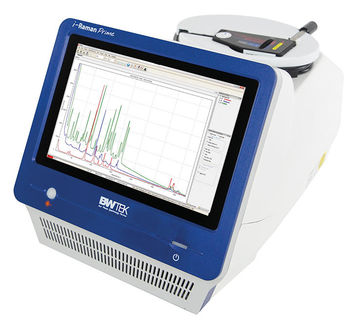To use all functions of this page, please activate cookies in your browser.
my.chemeurope.com
With an accout for my.chemeurope.com you can always see everything at a glance – and you can configure your own website and individual newsletter.
- My watch list
- My saved searches
- My saved topics
- My newsletter
N-Hydroxysuccinimide
N-Hydroxysuccinimide (NHS) is a chemical with a molecular weight of 115.09 and a melting point of 95 °C.[1] Product highlightAs it is slightly acidic it is an irritant to skin, eyes and mucous membranes. It is commonly found in organic chemistry or biochemistry where it is used as an activating reagent for carboxylic acids. Activated acids (basically esters with a good leaving group) can react with amines to form amides for example, whereas a normal carboxylic acid would just form a salt with an amine. A common way to synthesize a NHS activated acid is to mix NHS with the desired carboxylic acid and a small amount of organic base in an anhydrous solvent. A dehydrating agent such asdicyclohexylcarbodiimide DCC or ethyl(dimethylaminopropyl) carbodiimide (EDC) is then added to form a highly unstable activated acid intermediary. NHS reacts to form a less labile activated acid. The group itself is usually written down as SuO- or -OSu in chemical notation Such an ester with an acid and NHS, sometimes called succinate ester, is stabile enough to be purified and stored at low temperatures in the absence of water and, as such, can be commercially bought. NHS esters are commonly used for protein modification (e.g. an NHS ester of fluorescein can be purchased and added to a protein to obtain a fluorescently labeled protein in one simple reaction and purification step). Some alternatives to NHS are the water-soluble analog Sulfo-NHS, HOBt, HOAt and pentafluorophenol. References
|
||||||||||||||||||||||||
| This article is licensed under the GNU Free Documentation License. It uses material from the Wikipedia article "N-Hydroxysuccinimide". A list of authors is available in Wikipedia. | ||||||||||||||||||||||||







